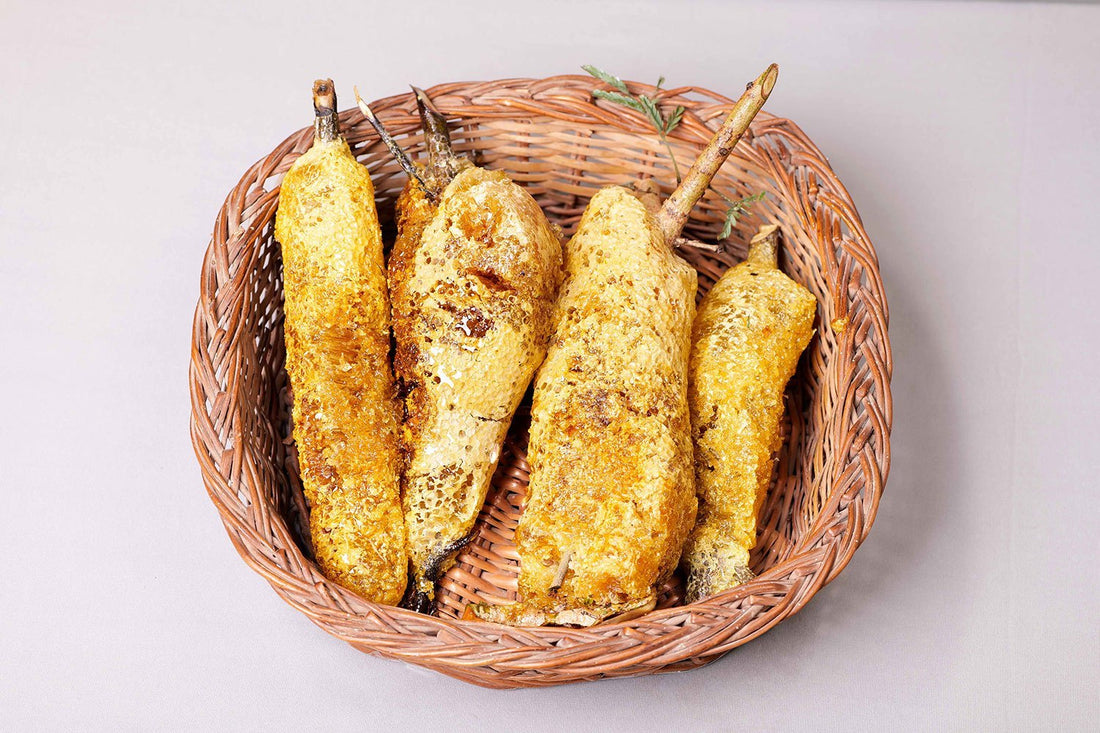With fast-paced lifestyles and increase in pollution, life has become unstable and more people are falling prey to illness and unpredictable health. With the progress of worlds, our eating habits have decreased we no longer crave home cooked food but instead relish pizzas and burgers. Sodas and aerated drinks are now substitutes for lemonade or other fruit juice. However, it is essential to understand that health is the golden key to each door of life’s happiness. More and more people are suffering from obesity, heart problems, and skin diseases. It is high time we shift our natural habits of food consumption to healthy items like salads, home cooked meals along with the once in a while indulgence into extravagance.
One of the easiest ways to manage great health is having a teaspoon full of honey. Honey is known for its antibacterial properties; it helps reduce fat and cures a cold, cough and sore throat. However, processed honey loses most of its medicinal values and vitamins as it is heated at high temperatures and, hence, raw honey is said to be the best for consumption. Another interesting fact is that there are two types of honey that are produced one is the large honey bee produce which is obtained and used by the manufacturers that are readily available in the market the other one is small or stingless bee honey.

Giant honey bees are the largest of the honey bee species. The Giant honey bee (Apis dorsata) is gigantic (17–20 mm long) however their color is quite similar to the European honey bee. The Giant honey bee is widely distributed throughout south-east Asia, ranging from the Indian subcontinent, up to southern China and down throughout Indonesia and Malaysia. The nests of giant honey bees are large single combs which can measure up to 1.5 m in width and 1 m in depth. This large single comb can contain upwards of 60,000 bees. Giant honey bee nests are usually built in exposed places far off the ground, sometimes 20–40 m high on thick branches of tree limbs, overhanging rocks or cliffs, or on buildings. Whereas small bee nests are wrapped around a structure such as a branch.
The significant difference between the honey produced by these two bees is that giant honey bee comb 40 times more honey, and a stingless bee colony can provide about 350 grams to 1kg of honey in a year. The honey produced by a stingless bee is said to be twice as nutritious and ordinary honey, and it comes with additional medicinal benefits. The reason small bee honey has more nutrition and medicinal properties is because these bees collect the nectar from coco palm, banana, guava, papaya, mango, tamarind, thumbapoo, touch-me-not plant (thottavadi), jackfruit tree, Tulsi (Holy Basil), Communist pacha,kulir mavu, teak for honey, pollen and resin. One of the most recent discovery was Manuka honey that was said to have medicinal value, and it heals wounds and is an antiseptic that can be used to treat cuts and bruises.

The reason small bee honey is not available easily and is a rare product is that they are produced in small quantities. However, if one wants to improvise their health and build a robust immune system nothing can be a better option other than small bee honey. You can obtain stingless bee honey from local vendors and enjoy the goodness of nature along with a sweet touch that stimulates your taste buds and improves your health.

